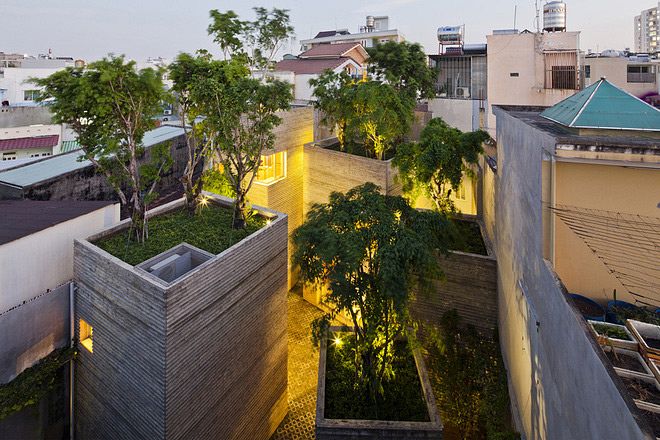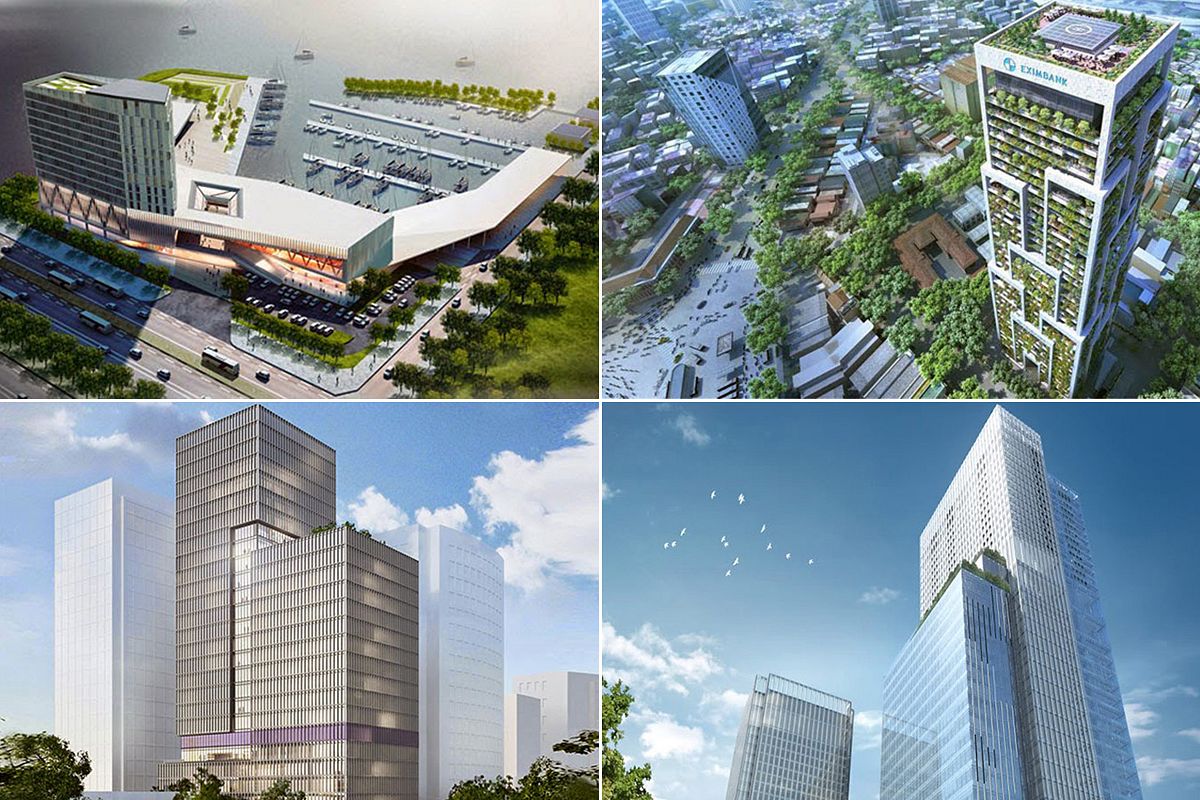It seems Vietnam’s sweltering weather has claimed yet another casualty: Da Nang's US$104 million administrative building.
After six years of construction, the People’s Committee of Da Nang unveiled the city's administrative center in September 2014. The corn-shaped building eventually ate up VND2.321 trillion (US$104 million) of the city’s budget, according to Zing. It was designed by the Korean-based Mooyoung Architects & Engineers after the firm’s blueprint beat out more than 10 designs from other local and foreign architecture firms.
Recently, however, officials in Da Nang have reportedly considered moving out of the center and building a new office, complaining that work conditions in the existing venue are suffocating them due to high temperatures and lack of oxygen, reports VnExpress.
Vice Chairman of the People’s Committee Dang Viet Dung told the news source: “We have asked the management board [of the building] to address the problem by pumping extra oxygen into the air in order to make state employees feel better.”
The announcement came out of left field during a meeting of the Da Nang People’s Committee last week and has since caused quite a stir among netizens and the local architecture crowd.
Tran Nam, director of an architecture consulting firm in Da Nang, told Zing that the reasons the Da Nang authorities gave – overheating and lack of oxygen – are not convincing. The construction of a public amenity must satisfy safety criteria such as structural stability, airflow and fireproofing, Nam continued. A government building like the administrative center has an even stricter safety checklist to fend off bugging, war and even terrorism threats.
“For the administrative center to proceed to the building stage, it needs to go through several discussion panels to be assessed by experts, so there’s no way such criteria were not satisfied,” Nam told the news source. “Besides, the building has 37 stories so blaming the lack of oxygen is unacceptable. The heat-related reason is also implausible because cooling technologies are readily accessible if the building is truly overheating.”
Hoang Thuc Hao, an architect from 1+1>2 architecture firm, believes the overall structure of the building is not suitable for Da Nang's climate. "For a tropical country with a humid climate like Vietnam, there's no need to use so much glass, because you will have to depend on air-conditioning," he told Zing. "The building should have heat insulation as well as weather-proof components. But such a construction project is extremely expensive. Moreover, there should be open spaces and voids between floors, but I don't see any here."
While the architecture community is confused by the move, many of the building’s own workers have never even heard of the plan.
“Yesterday, when I watched TV and heard [the officials] talking about the possible plan to relocate all officials and workers out of the building, I was very shocked and bewildered,” an official from the city’s Department of Construction, who wished to remain anonymous, told Zing.
Another anonymous official from the Department of Sports and Culture also echoed the sentiment of her colleague. In her experience, working in the building is neither too hot nor lacking in oxygen like the authorities said because all rooms have a stable flow of oxygen and high-power air-conditioners.
“Sometimes, we stayed back in the office overtime but really didn't need to turn on the air-conditioners because it was still cool. Compared to our old office on Le Loi, the environment in [this building] is so much better,” she told the news source.
On August 13, the Da Nang’s public communication department released an official press release regarding the relocation and new building plan, reports Dan Tri. The announcement acknowledged the administrative center’s shortcomings – overheating occurs in some parts of the building and some rooms experience lack of oxygen – but stressed that the move is “just an initial idea”.
“The plan to construct a new administrative center is just an initial idea. It’s currently being reviewed by the agencies involved to suit [the city]’s rate of urbanization and ensure maximum efficiency and convenience in all aspects,” the press release reads, according to Dan Tri. “Until now, city officials still haven’t held any meeting to discuss this issue.”
[Photos courtesy of Da Nang: COASTAL City]














